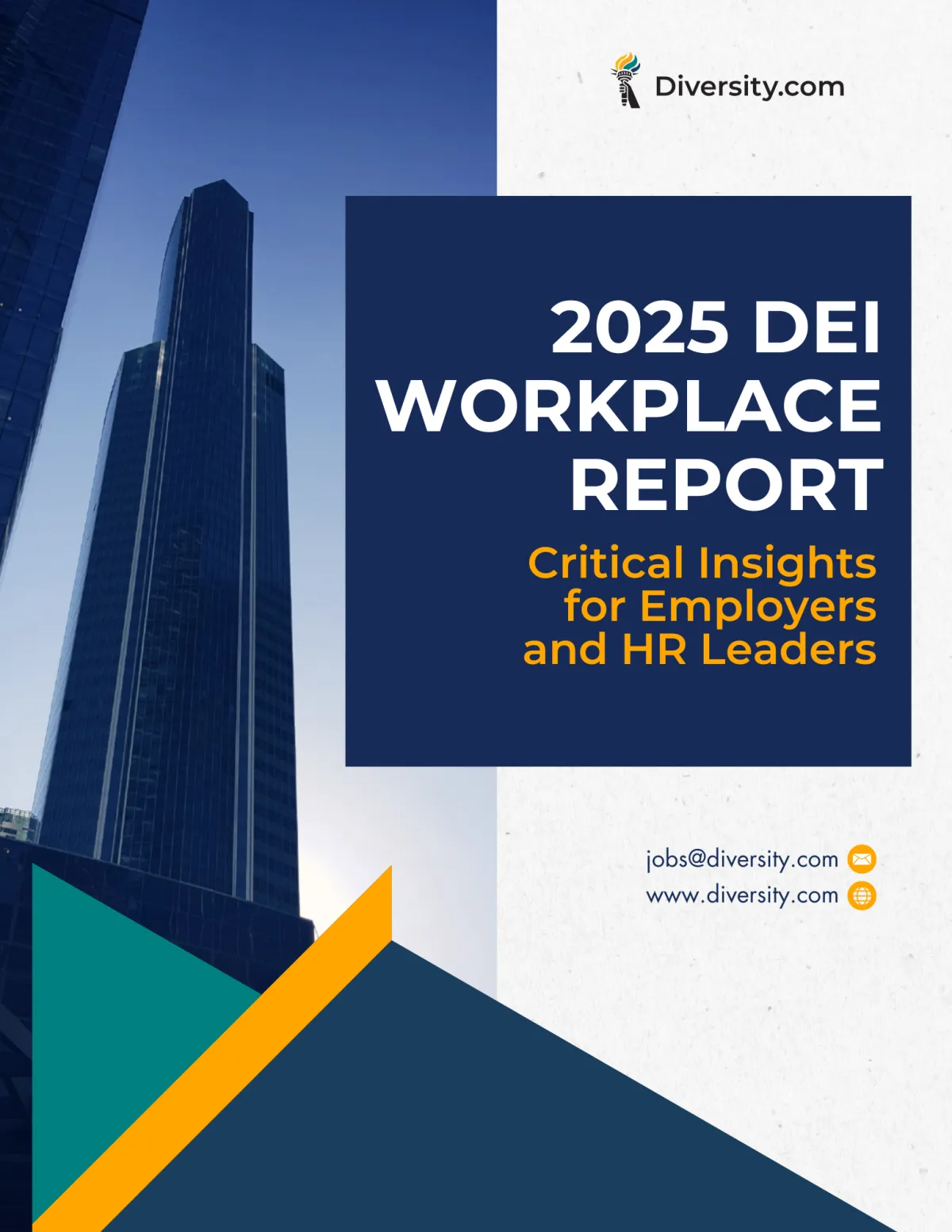
How to Build a More Inclusive Hiring Process in 2025
In 2025, companies that prioritize inclusive hiring are not only enhancing workplace diversity but also driving innovation, employee engagement, and business success.
However, building a truly inclusive hiring process requires more than just diverse recruitment—it involves addressing biases, creating equitable opportunities, and fostering a culture of belonging.
This guide outlines actionable strategies for employers to design a hiring process that attracts, supports, and retains diverse talent in 2025.
1. Rethink Job Descriptions: Make Them Inclusive & Accessible
Unconscious bias often starts in how job descriptions are written. Many traditional job postings unintentionally discourage diverse candidates from applying.
How to Write Inclusive Job Descriptions
✅ Use Gender-Neutral & Inclusive Language – Avoid words like "rockstar," "dominant," or "aggressive," which may deter certain candidates. Instead, focus on collaboration, leadership, and innovation.
✅ Prioritize Skills Over Degree Requirements – Many diverse candidates, especially from underrepresented backgrounds, may have alternative pathways to experience that are just as valuable.
✅ Clearly Define Required vs. Preferred Skills – Overstating requirements can deter qualified candidates who don’t meet every single criterion from applying.
✅ Highlight Your Company’s DEI Commitment – Include statements about inclusion, accessibility, and workplace flexibility to attract talent that values diversity.
🔎 Pro Tip: Use job description analysis tools like Textio or Gender Decoder to assess and remove biased language.
2. Expand Recruitment Channels to Reach Diverse Talent
Many companies unintentionally limit their talent pool by recruiting from the same sources repeatedly. Expanding outreach ensures a more representative applicant pool.
Where to Source Diverse Candidates
📌 Partner with DEI-Focused Job Boards – Platforms like Diversity.com, Jopwell, and Professional Diversity Network connect employers with underrepresented candidates.
📌 Work with Historically Black Colleges & Universities (HBCUs) & Minority-Serving Institutions (MSIs) – These institutions have strong pipeline programs for diverse graduates.
📌 Tap into Employee Resource Groups (ERGs) for Referrals – ERGs often have networks of underrepresented talent looking for new opportunities.
📌 Engage with Community-Based & Nonprofit Organizations – Groups like Techqueria (for Latinx in Tech) and Out in Tech (for LGBTQ+ professionals) can help source diverse candidates.
🔎 Pro Tip: Use LinkedIn’s “Diversity Recruiting” tools to proactively source and reach underrepresented candidates.
3. Address Bias in Resume Screening & Interviewing
Unconscious bias can impact which candidates are advanced in the hiring process. Companies must implement structured, bias-reducing hiring practices.
How to Reduce Bias in Screening & Interviewing
✅ Use Blind Resume Reviews – Remove names, gender indicators, and addresses to focus solely on qualifications.
✅ Standardize Interview Questions & Scoring – Having a structured interview process with the same questions for all candidates reduces bias.
✅ Leverage AI Recruiting Tools (With Caution) – AI tools can help eliminate bias but should be monitored for unintended discrimination.
✅ Train Hiring Teams on Unconscious Bias – Provide DEI training to recruiters and hiring managers to identify and mitigate bias.
🔎 Pro Tip: Use software like Applied or Blendoor, which anonymizes candidate data to prevent biased screening.
4. Create Inclusive Interviewing & Hiring Experiences
An inclusive hiring process ensures all candidates feel valued and supported.
How to Make Hiring More Inclusive
✅ Offer Flexible Interview Options – Some candidates may need virtual, asynchronous, or multi-stage interviews for accessibility reasons.
✅ Provide Accommodations for Disabilities – Ensure interview locations, digital platforms, and processes are ADA-compliant and accessible.
✅ Have a Diverse Interview Panel – Representation in interview panels reduces bias and improves candidate experience.
✅ Give Transparency on Hiring Timelines & Feedback – Clear communication helps reduce anxiety and builds trust with candidates.
🔎 Pro Tip: Encourage structured candidate feedback surveys to continuously improve the inclusivity of your hiring process.
5. Ensure Equitable Pay & Fair Compensation Practices
Diversity in hiring must be matched with fair compensation to truly create an inclusive workforce.
How to Build an Equitable Compensation Strategy
✅ Conduct Regular Pay Equity Audits – Analyze pay gaps across gender, race, and other demographics.
✅ Eliminate Salary History Questions – Basing offers on past salaries perpetuates wage gaps for marginalized candidates.
✅ Provide Transparent Salary Bands – Listing salary ranges in job postings promotes equity and builds trust.
✅ Ensure Equitable Promotion & Raise Practices – Fair compensation isn’t just about hiring—it extends to ongoing growth opportunities.
🔎 Pro Tip: Use pay equity platforms like Syndio or Trusaic to analyze and address wage disparities.
6. Retain & Develop Diverse Talent Beyond Hiring
Inclusive hiring doesn’t stop at onboarding—companies must create an environment where diverse employees can grow and thrive.
How to Foster Retention & Career Development
✅ Establish Clear Growth & Mentorship Programs – Ensure diverse employees have access to sponsorship and leadership training.
✅ Create Inclusive Onboarding Experiences – New hires should feel welcomed and supported with DEI-aligned company values.
✅ Strengthen Employee Resource Groups (ERGs) – ERGs provide mentorship, networking, and advocacy for diverse employees.
✅ Regularly Gather & Act on Employee Feedback – Conduct DEI-focused employee surveys to identify and address workplace barriers.
🔎 Pro Tip: Use stay interviews instead of just exit interviews to understand what’s working for diverse employees before they leave.
Final Thoughts: Inclusive Hiring is an Ongoing Commitment
Building an inclusive hiring process is not a one-time initiative—it requires continuous effort, adaptation, and accountability. By implementing these data-driven, equitable hiring practices, companies can attract, retain, and support diverse talent in 2025 and beyond.
Key Takeaways:
✅ Use inclusive language in job descriptions to attract a diverse talent pool.
✅ Expand recruitment channels beyond traditional hiring sources.
✅ Implement bias-reducing hiring strategies and standardized interviews.
✅ Ensure pay equity and fair compensation for all candidates.
✅ Foster long-term inclusion with mentorship, ERGs, and transparent growth pathways.
🚀 Build Your Inclusive Hiring Strategy Today
💼 Looking to attract diverse talent? Post your job openings on Diversity.com today!
💼 Employers: Post jobs here and connect with top diverse talent hiring process.

